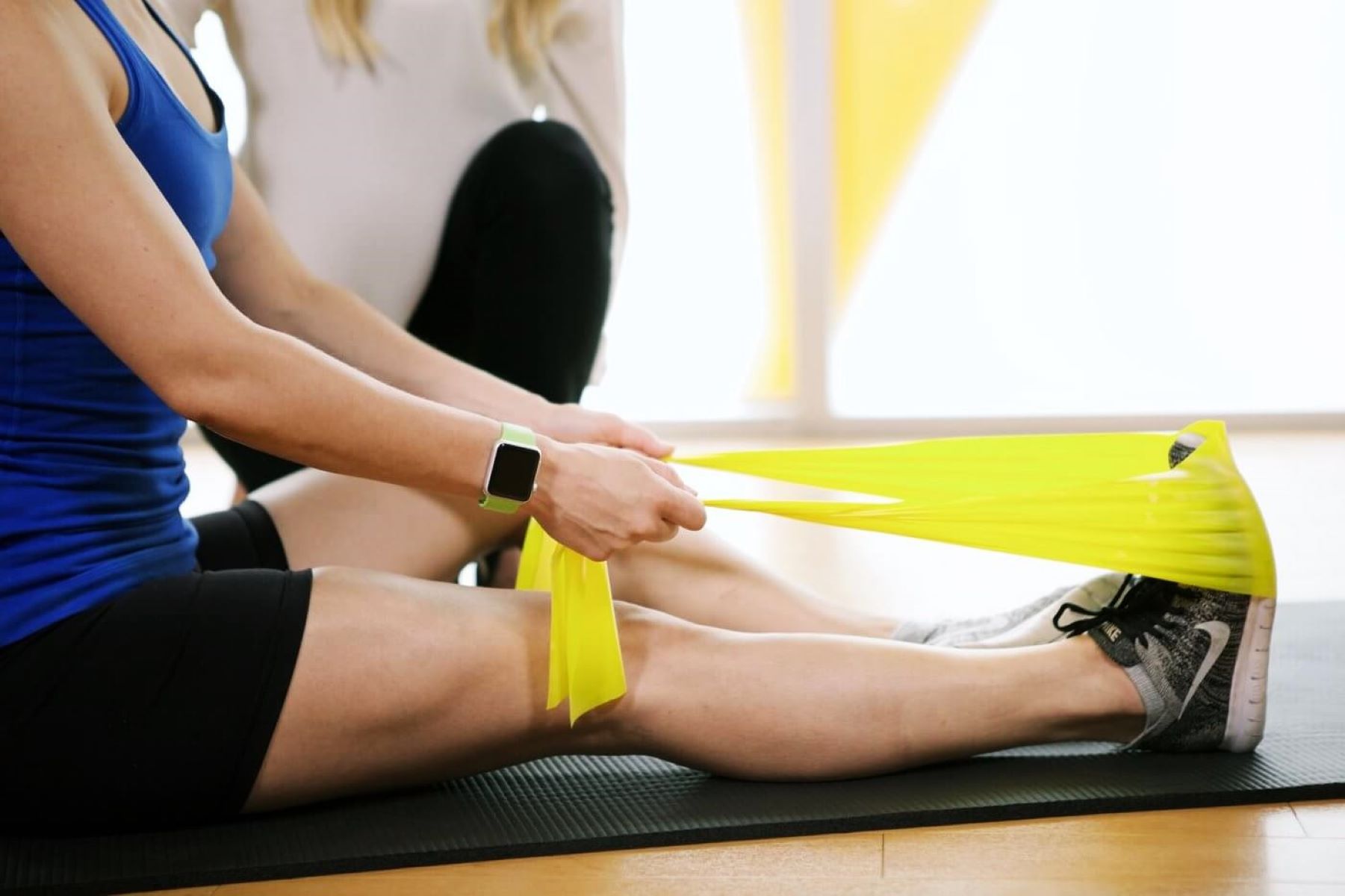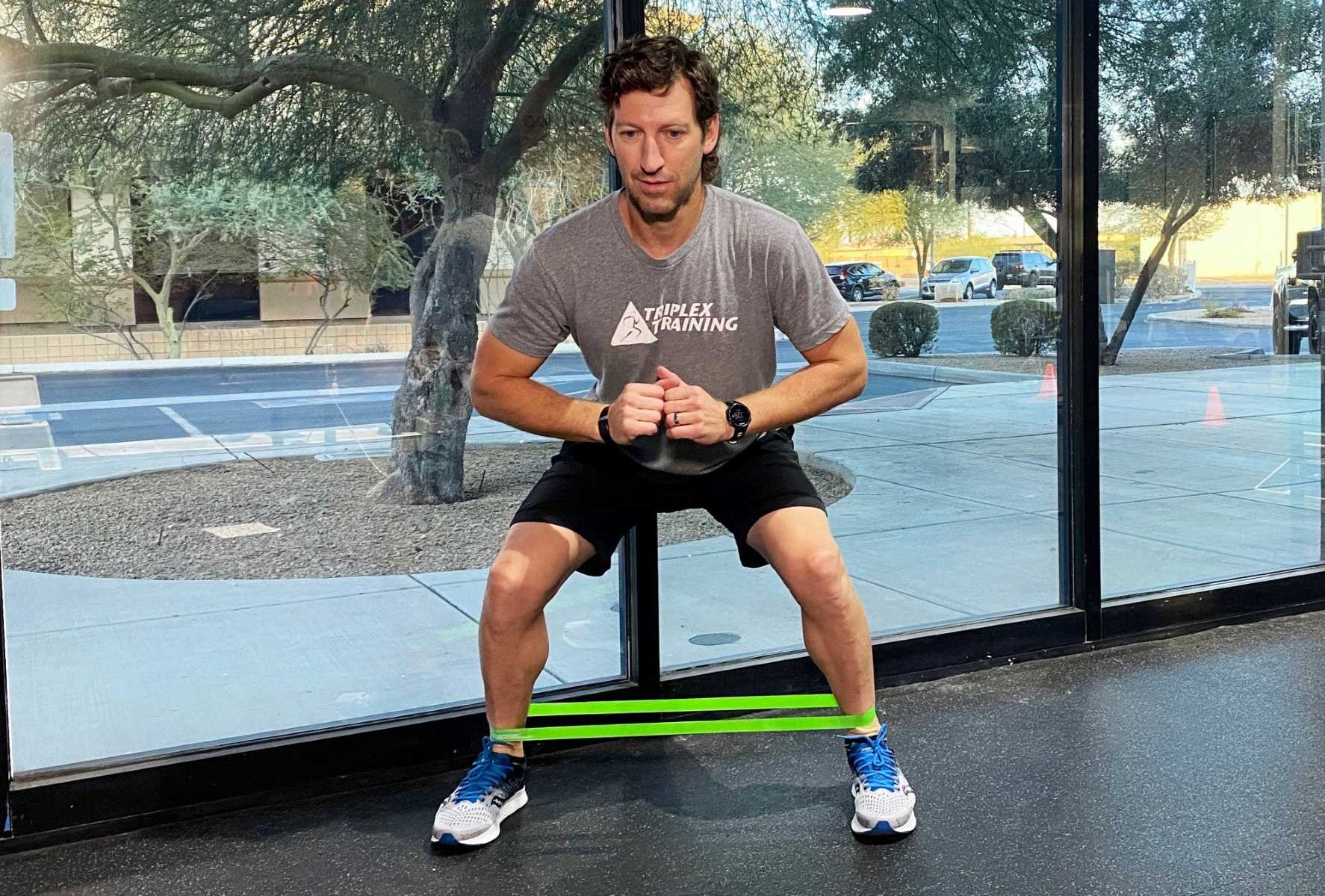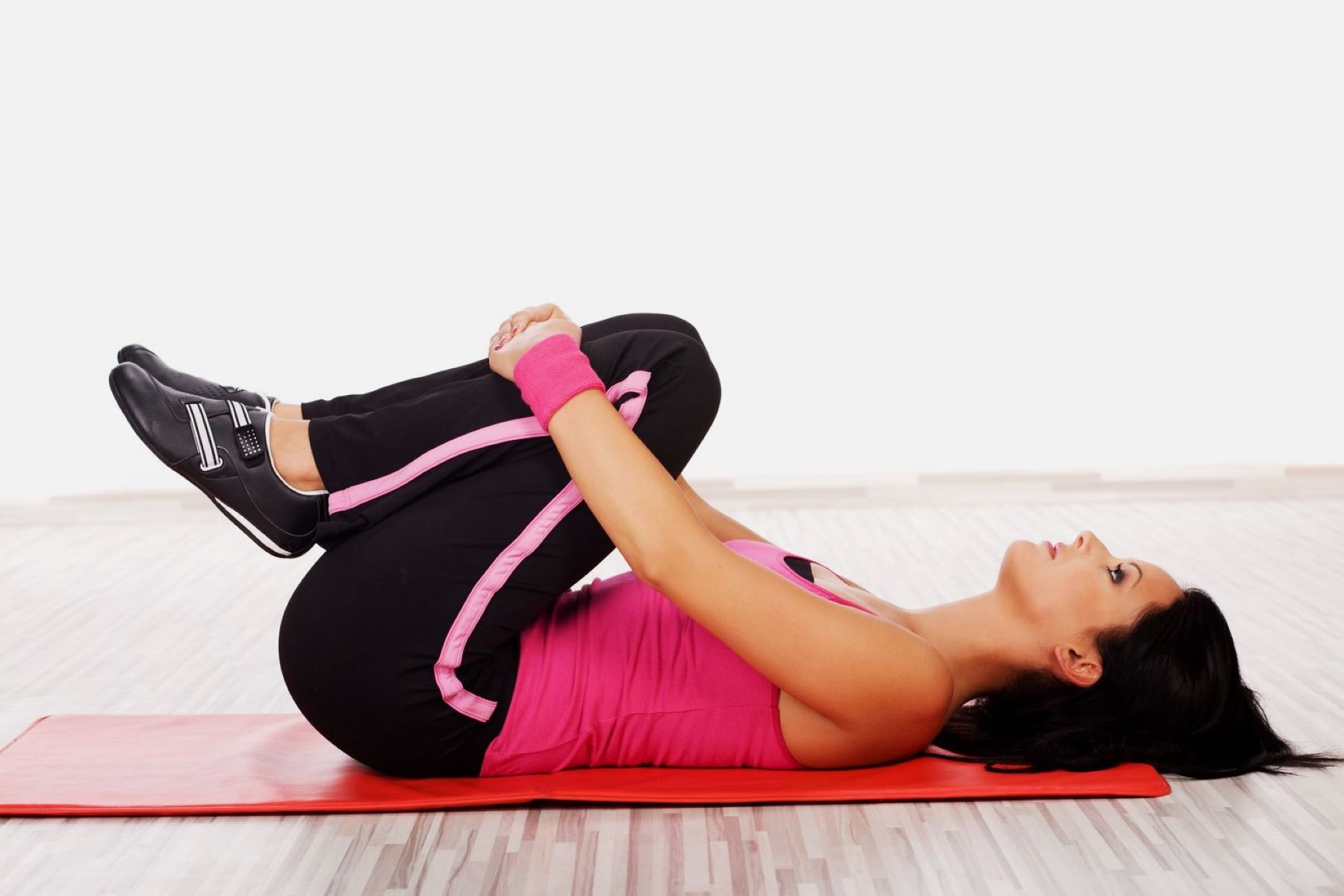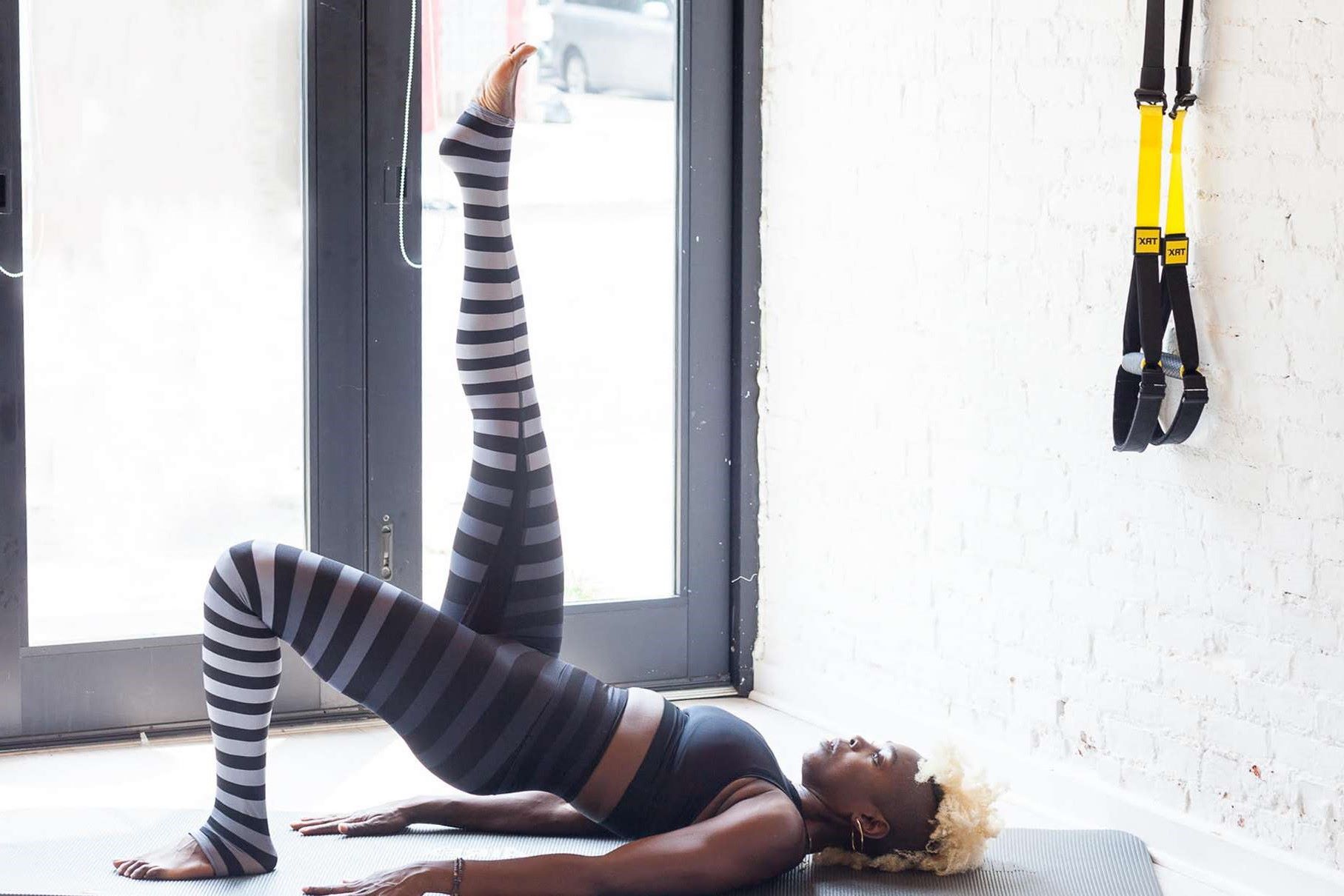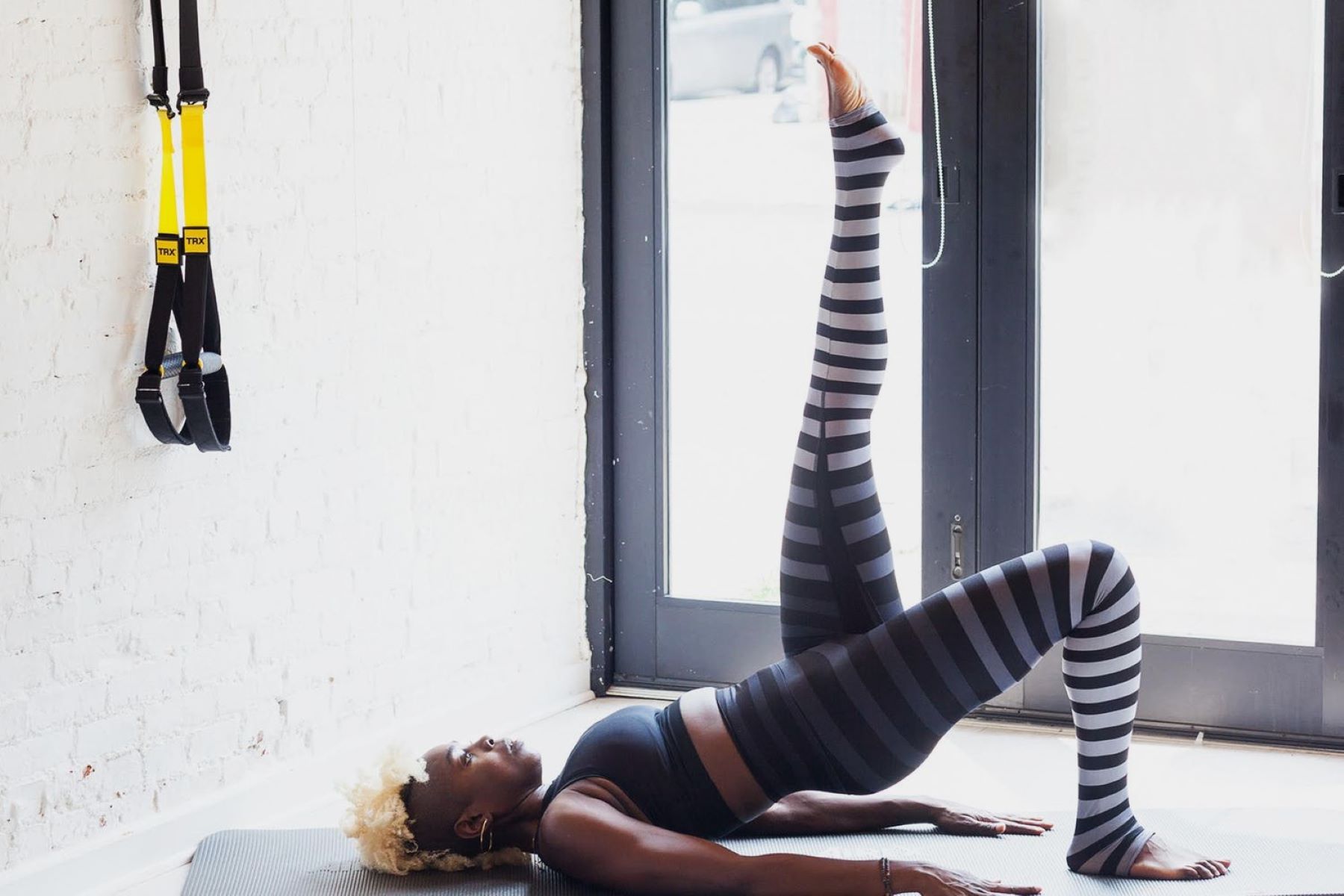Home>Health & Nutrition>Injury Prevention>Top 5 Exercises Recommended By A Physio For Strengthening Tendons
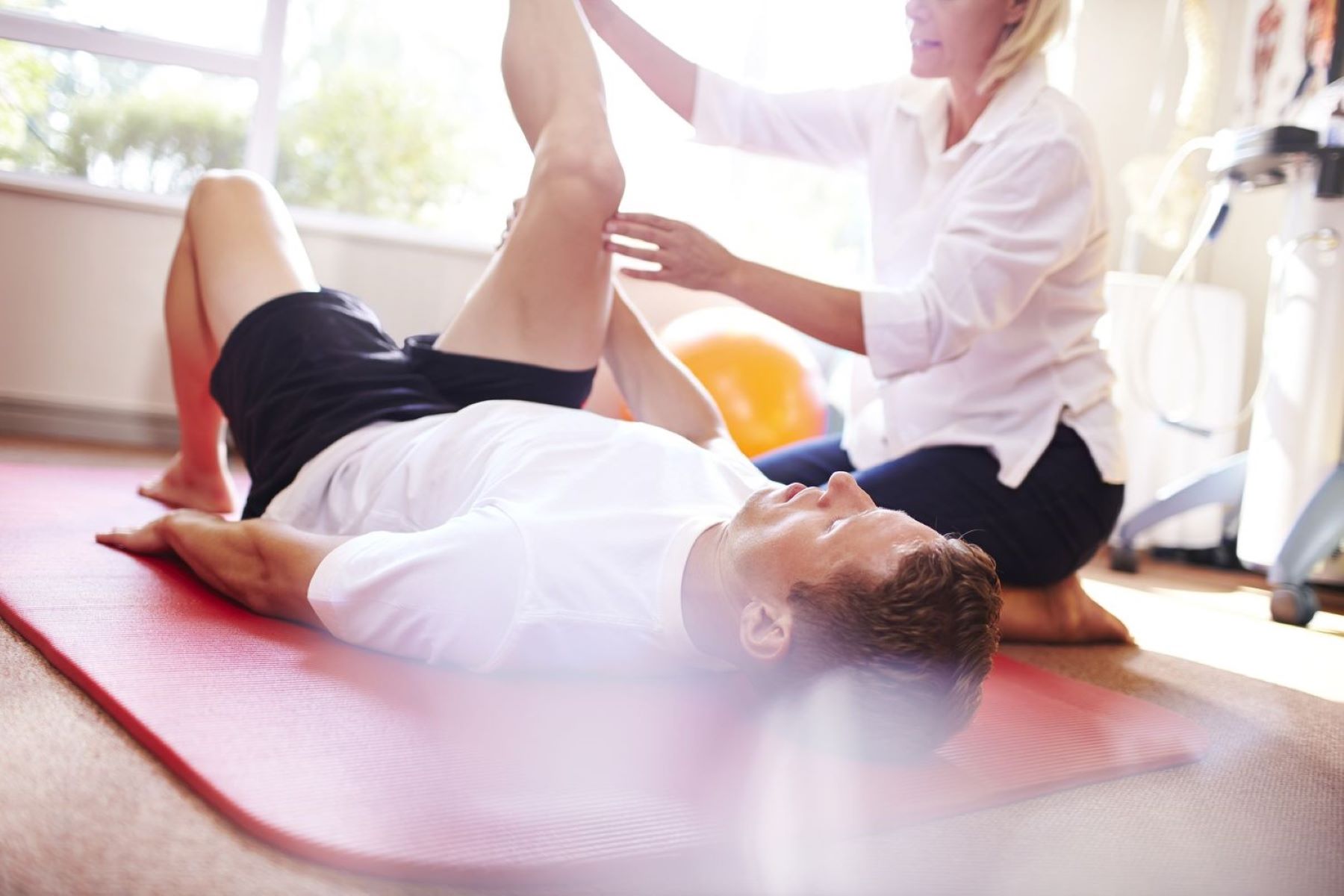

Injury Prevention
Top 5 Exercises Recommended By A Physio For Strengthening Tendons
Published: February 26, 2024
Looking to prevent injuries? Discover the top 5 tendon-strengthening exercises recommended by a physio to keep you strong and injury-free. Start your injury prevention journey today!
(Many of the links in this article redirect to a specific reviewed product. Your purchase of these products through affiliate links helps to generate commission for Therunningadvisor.com, at no extra cost. Learn more)
Table of Contents
Introduction
Injury prevention is a crucial aspect of maintaining overall health and well-being. Whether you're an athlete, a fitness enthusiast, or someone who simply wants to stay active, safeguarding your body against potential injuries is paramount. Tendons, which connect muscles to bones, play a pivotal role in movement and stability. Strengthening these connective tissues is essential for reducing the risk of tendon-related injuries and enhancing overall physical performance.
In this article, we will delve into the realm of tendon strengthening exercises recommended by physiotherapists. These exercises are designed to target specific areas of the body, fortifying the tendons and promoting resilience against strains and tears. By incorporating these exercises into your fitness regimen, you can proactively fortify your tendons, thereby minimizing the likelihood of injuries that could sideline your active lifestyle.
Understanding the significance of tendon strength and the role it plays in injury prevention is the first step toward prioritizing your physical well-being. With the guidance of physiotherapists and their expertise in musculoskeletal health, we can explore a curated selection of exercises that specifically target tendon strength. These exercises are not only beneficial for athletes and fitness enthusiasts but also for individuals seeking to maintain an active and injury-free lifestyle.
Now, let's embark on a journey through the top five tendon-strengthening exercises recommended by physiotherapists. By incorporating these exercises into your fitness routine, you can take proactive steps toward fortifying your tendons and safeguarding your body against potential injuries.
Read more: Top 5 Calf Stretches Recommended For Runners
Understanding Tendon Strength
Tendons are fibrous connective tissues that play a crucial role in the musculoskeletal system. They serve as the bridge between muscles and bones, transmitting the force generated by muscle contractions to the skeletal structure, thereby enabling movement and providing stability. Understanding the significance of tendon strength is essential for comprehending the intricate dynamics of the human body's biomechanics.
Tendon strength is pivotal for maintaining joint stability and facilitating smooth, coordinated movements. When tendons are robust and resilient, they effectively withstand the forces exerted during physical activities, thereby reducing the risk of strains, sprains, and other tendon-related injuries. Furthermore, strong tendons contribute to overall musculoskeletal health, supporting the body's structural integrity and enhancing physical performance.
Physiotherapists emphasize the importance of tendon strength in injury prevention and rehabilitation. By targeting specific tendons through tailored exercises, individuals can enhance the integrity and resilience of these connective tissues. This proactive approach not only mitigates the risk of injuries but also fosters a foundation of strength and stability, enabling individuals to pursue their fitness goals with confidence.
Moreover, understanding tendon strength involves recognizing the dynamic nature of these connective tissues. Tendons adapt and respond to the demands placed upon them, making targeted exercises an effective means of promoting tendon health and resilience. By engaging in activities that challenge and strengthen tendons, individuals can optimize their musculoskeletal function, thereby reducing the likelihood of overuse injuries and enhancing overall physical performance.
In essence, comprehending tendon strength entails recognizing its pivotal role in supporting musculoskeletal function and mitigating the risk of injuries. By prioritizing the fortification of tendons through targeted exercises, individuals can proactively safeguard their bodies against potential injuries, thereby fostering a foundation of strength, resilience, and mobility.
Understanding tendon strength is not merely an academic exercise; it is a fundamental aspect of promoting overall physical well-being and empowering individuals to pursue an active and injury-free lifestyle. By embracing the significance of tendon strength, individuals can embark on a journey toward enhanced musculoskeletal health and optimized physical performance.
Exercise 1: Eccentric Calf Raises
Eccentric calf raises are a highly effective exercise for strengthening the calf muscles and the Achilles tendon. This exercise specifically targets the eccentric phase of muscle contraction, which occurs when the muscle lengthens under tension. By focusing on the eccentric aspect of calf raises, individuals can effectively fortify the calf muscles and the associated tendons, promoting resilience and reducing the risk of injuries such as Achilles tendonitis and calf strains.
To perform eccentric calf raises, begin by standing on a raised platform or step with the balls of your feet, allowing your heels to extend beyond the edge. Position yourself with a sturdy support for balance, such as a railing or wall. Initiate the exercise by raising both heels off the edge of the platform, lifting your body upward using the strength of your calf muscles. Once you reach the fully contracted position, shift your weight onto one foot and slowly lower the opposite heel below the level of the platform. This controlled descent is where the eccentric phase comes into play, as the calf muscles lengthen under tension. Return to the starting position by using the support for balance and repeating the movement for the desired number of repetitions.
Eccentric calf raises place a deliberate emphasis on the lengthening phase of the calf muscles, which is instrumental in fortifying the associated tendons. This targeted approach not only enhances the strength and resilience of the calf muscles but also contributes to the overall integrity of the Achilles tendon, a critical structure that is prone to overuse injuries in athletes and active individuals.
Incorporating eccentric calf raises into a comprehensive exercise regimen can yield significant benefits, including improved calf muscle strength, enhanced ankle stability, and reduced susceptibility to Achilles tendon injuries. Moreover, this exercise serves as a valuable preventive measure against common issues such as calf strains and Achilles tendon overuse, enabling individuals to pursue their physical activities with confidence and resilience.
By integrating eccentric calf raises into a well-rounded fitness routine, individuals can proactively fortify their calf muscles and tendons, thereby fostering a foundation of strength and resilience in the lower extremities. This targeted exercise exemplifies the proactive approach advocated by physiotherapists, emphasizing the importance of targeted exercises in promoting tendon strength and mitigating the risk of lower limb injuries.
Exercise 2: Resistance Band Flexion and Extension
Resistance band flexion and extension exercises are invaluable for targeting the tendons and muscles of the upper body, particularly the shoulders and arms. These exercises utilize resistance bands, which offer a versatile and effective means of strengthening the musculature and connective tissues while promoting joint stability and mobility.
To perform resistance band flexion and extension, begin by securing the resistance band to a stationary anchor point, such as a door frame or a sturdy pole. With the band securely anchored, grasp the handles or loops of the resistance band, positioning your arms at your sides with the elbows slightly bent. Initiate the exercise by flexing your elbows and raising your arms forward against the resistance of the band, maintaining controlled and deliberate movements. Once your arms are fully extended forward, slowly return to the starting position, resisting the pull of the band to emphasize the eccentric phase of the exercise. Subsequently, transition into the extension phase by pulling the band backward, extending your arms behind your body while maintaining proper posture and controlled movements. This dual-phase exercise effectively targets the flexion and extension movements of the shoulders and arms, engaging the associated tendons and musculature to promote strength and resilience.
Resistance band flexion and extension exercises are particularly beneficial for individuals seeking to fortify the tendons and muscles of the shoulders and arms, thereby reducing the risk of overuse injuries and enhancing upper body strength and stability. The resistance bands provide adjustable levels of resistance, accommodating individuals of varying fitness levels and enabling progressive overload to promote continuous strength gains.
By incorporating resistance band flexion and extension exercises into a comprehensive fitness regimen, individuals can proactively fortify the tendons and musculature of the upper body, fostering resilience and reducing the likelihood of injuries such as rotator cuff strains and shoulder impingement. Furthermore, these exercises contribute to improved shoulder mobility and stability, supporting overall upper body function and enhancing performance in various physical activities.
In essence, resistance band flexion and extension exercises exemplify a targeted approach to strengthening the tendons and musculature of the upper body. By harnessing the benefits of resistance bands, individuals can engage in dynamic and effective exercises that promote tendon resilience, muscular strength, and joint stability, thereby fostering a foundation of upper body health and functionality.
Exercise 3: Wrist Curls
Wrist curls are a fundamental exercise for targeting the muscles and tendons of the forearms and wrists, playing a pivotal role in promoting strength, stability, and resilience in these crucial areas of the upper extremities. This exercise specifically engages the flexor and extensor muscles of the wrists and forearms, fortifying the associated tendons and promoting overall wrist health.
To perform wrist curls, begin by sitting on a chair or bench with your forearms resting on your thighs and your wrists positioned just beyond your knees. Hold a dumbbell or a barbell with an underhand grip, allowing your wrists to extend beyond your knees. Initiate the exercise by flexing your wrists upward, lifting the weight in a controlled and deliberate manner. Once your wrists are fully flexed, slowly lower the weight back to the starting position, emphasizing the eccentric phase of the movement. This controlled descent engages the extensor muscles of the wrists and forearms, contributing to a comprehensive strengthening effect.
Wrist curls are highly effective for targeting the flexor and extensor muscles of the wrists and forearms, thereby promoting balanced strength and resilience in these crucial areas. This exercise is particularly beneficial for individuals involved in activities that require gripping and wrist stability, such as weightlifting, racquet sports, and manual labor. By fortifying the muscles and tendons involved in wrist flexion and extension, individuals can reduce the risk of overuse injuries and enhance their grip strength and wrist stability.
Incorporating wrist curls into a comprehensive exercise regimen can yield significant benefits, including improved forearm and wrist strength, enhanced grip stability, and reduced susceptibility to overuse injuries such as tendonitis and carpal tunnel syndrome. Moreover, this exercise serves as a valuable preventive measure against common issues associated with repetitive wrist movements, enabling individuals to pursue their physical activities with confidence and resilience.
By integrating wrist curls into a well-rounded fitness routine, individuals can proactively fortify their forearm muscles and tendons, thereby fostering a foundation of strength and resilience in the wrists and forearms. This targeted exercise exemplifies the proactive approach advocated by physiotherapists, emphasizing the importance of targeted exercises in promoting tendon strength and mitigating the risk of upper extremity injuries.
Exercise 4: Shoulder External Rotation
Shoulder external rotation exercises are instrumental in targeting the rotator cuff muscles, which play a pivotal role in stabilizing the shoulder joint and facilitating various arm movements. The rotator cuff comprises a group of muscles and tendons that work synergistically to support the shoulder's range of motion and stability. By engaging in shoulder external rotation exercises, individuals can fortify these crucial muscles and tendons, thereby reducing the risk of shoulder injuries and enhancing overall upper body function.
To perform shoulder external rotation exercises, individuals can utilize resistance bands or light dumbbells to engage the rotator cuff muscles effectively. One common approach involves using a resistance band secured at chest height, grasping one end of the band with the hand of the targeted shoulder, and positioning the elbow at a 90-degree angle. Initiate the exercise by externally rotating the shoulder, pulling the band away from the body while maintaining proper posture and controlled movements. Once the desired range of motion is achieved, slowly return to the starting position, emphasizing the eccentric phase of the movement to engage the rotator cuff muscles effectively.
Shoulder external rotation exercises are particularly beneficial for individuals involved in activities that demand overhead arm movements, such as swimming, tennis, and weightlifting. By strengthening the rotator cuff muscles and associated tendons, individuals can enhance shoulder stability and reduce the likelihood of overuse injuries such as rotator cuff strains and impingement. Moreover, these exercises contribute to improved shoulder mobility and function, supporting overall upper body health and performance in various physical activities.
Incorporating shoulder external rotation exercises into a comprehensive fitness regimen can yield significant benefits, including improved rotator cuff strength, enhanced shoulder stability, and reduced susceptibility to shoulder injuries. The dynamic nature of these exercises allows individuals to target the specific muscles and tendons involved in shoulder external rotation, fostering a foundation of strength and resilience in the shoulder joint.
By integrating shoulder external rotation exercises into a well-rounded fitness routine, individuals can proactively fortify their rotator cuff muscles and tendons, thereby promoting shoulder stability and reducing the risk of injuries associated with overhead arm movements. This targeted exercise exemplifies the proactive approach advocated by physiotherapists, emphasizing the importance of targeted exercises in promoting tendon strength and mitigating the risk of upper extremity injuries.
In essence, shoulder external rotation exercises are a valuable component of a comprehensive exercise regimen, offering a targeted approach to fortifying the rotator cuff muscles and associated tendons. By engaging in these exercises, individuals can prioritize shoulder health and function, thereby fostering a foundation of strength, resilience, and mobility in the upper body.
Exercise 5: Squats with Resistance Bands
Squats with resistance bands are a dynamic and effective exercise for targeting the muscles and tendons of the lower body, particularly the quadriceps, hamstrings, and glutes. This compound movement, when combined with the resistance provided by bands, offers a comprehensive approach to strengthening the lower body musculature and promoting tendon resilience.
To perform squats with resistance bands, individuals can secure the resistance band under their feet and position the other end of the band over their shoulders, creating tension as they assume the squat position. With the feet shoulder-width apart and the band comfortably positioned, individuals initiate the exercise by descending into a squat, ensuring proper alignment of the knees and maintaining controlled movements. The resistance provided by the bands adds an element of challenge to the squat movement, engaging the lower body muscles and associated tendons more effectively.
Squats with resistance bands are particularly beneficial for individuals seeking to fortify the muscles and tendons of the lower body, thereby promoting strength, stability, and resilience in crucial areas such as the quadriceps, hamstrings, and glutes. This exercise serves as a foundational component of lower body strength training, contributing to improved lower body function and performance in various physical activities.
Incorporating squats with resistance bands into a comprehensive fitness regimen can yield significant benefits, including enhanced lower body strength, improved stability, and reduced susceptibility to lower body injuries. The resistance bands provide adjustable levels of resistance, accommodating individuals of varying fitness levels and enabling progressive overload to promote continuous strength gains.
By engaging in squats with resistance bands, individuals can proactively fortify their lower body muscles and tendons, thereby fostering a foundation of strength and resilience in the lower extremities. This targeted exercise exemplifies the proactive approach advocated by physiotherapists, emphasizing the importance of targeted exercises in promoting tendon strength and mitigating the risk of lower limb injuries.
In essence, squats with resistance bands offer a versatile and effective means of fortifying the lower body musculature and promoting tendon resilience. By integrating this exercise into their fitness routine, individuals can prioritize lower body health and function, thereby fostering a foundation of strength, resilience, and mobility in the lower extremities.


